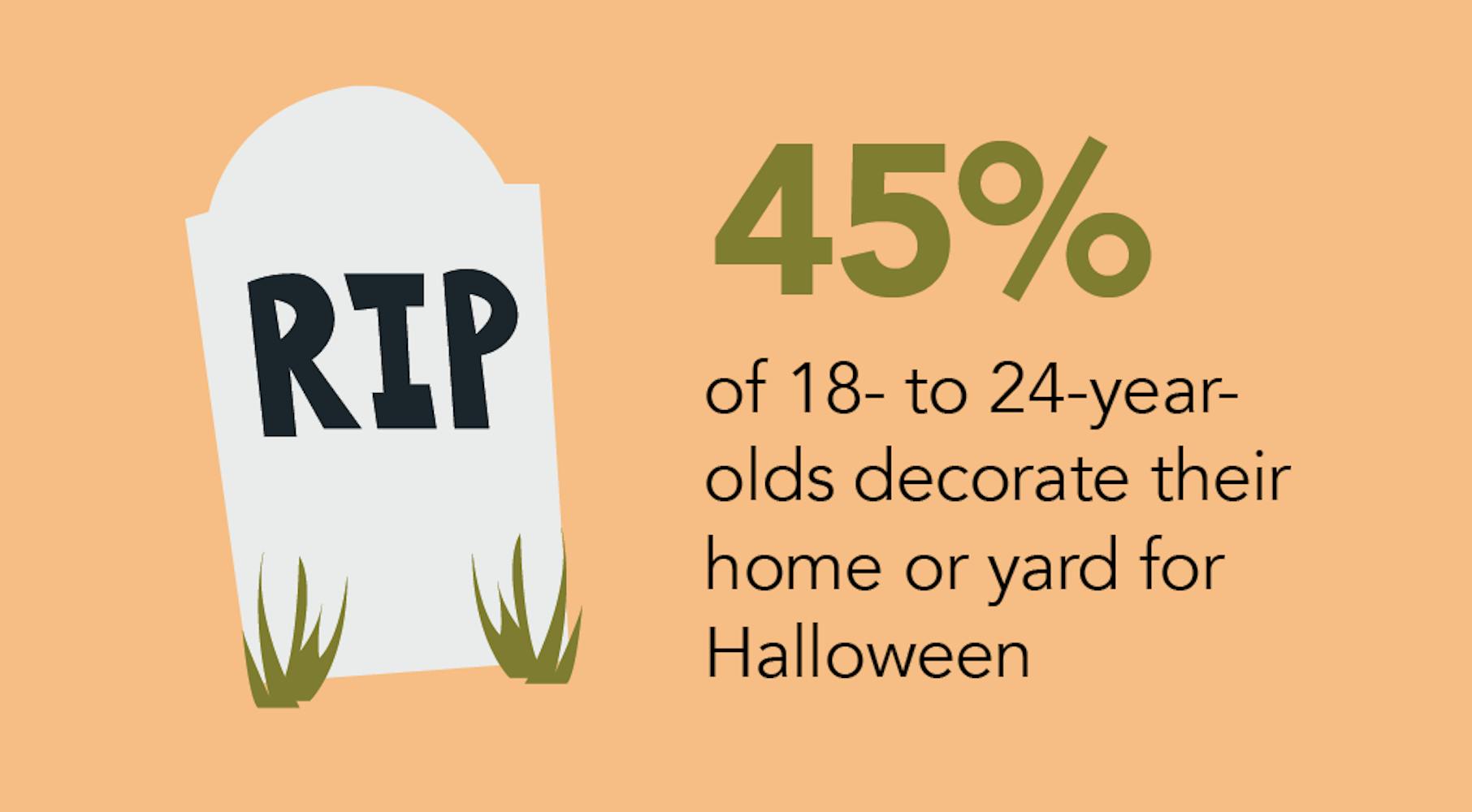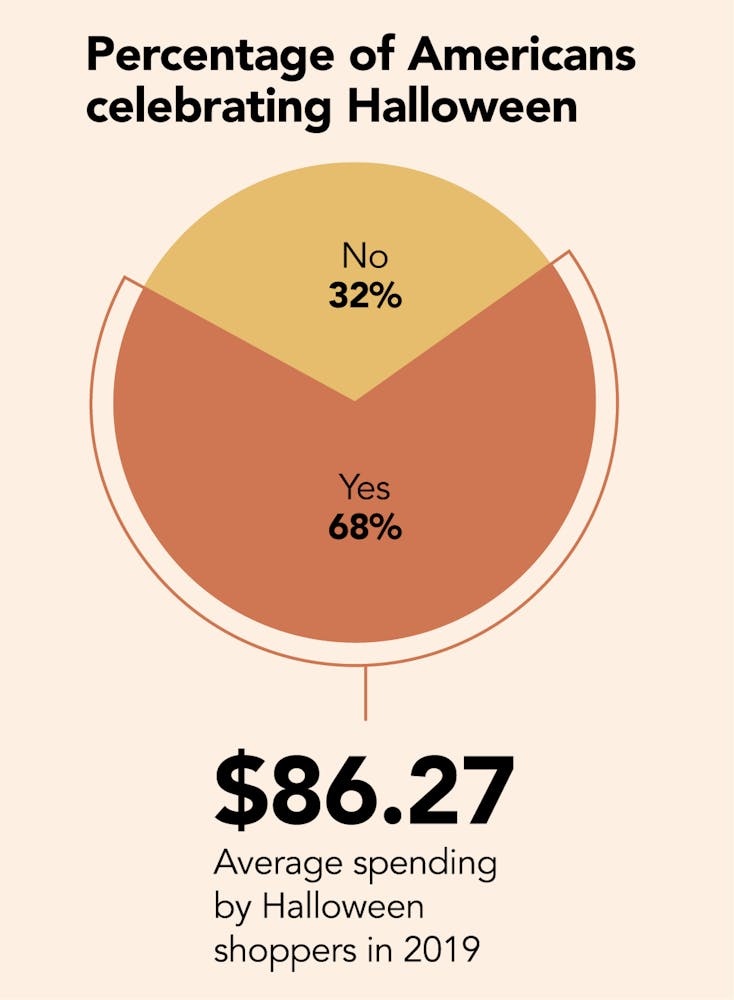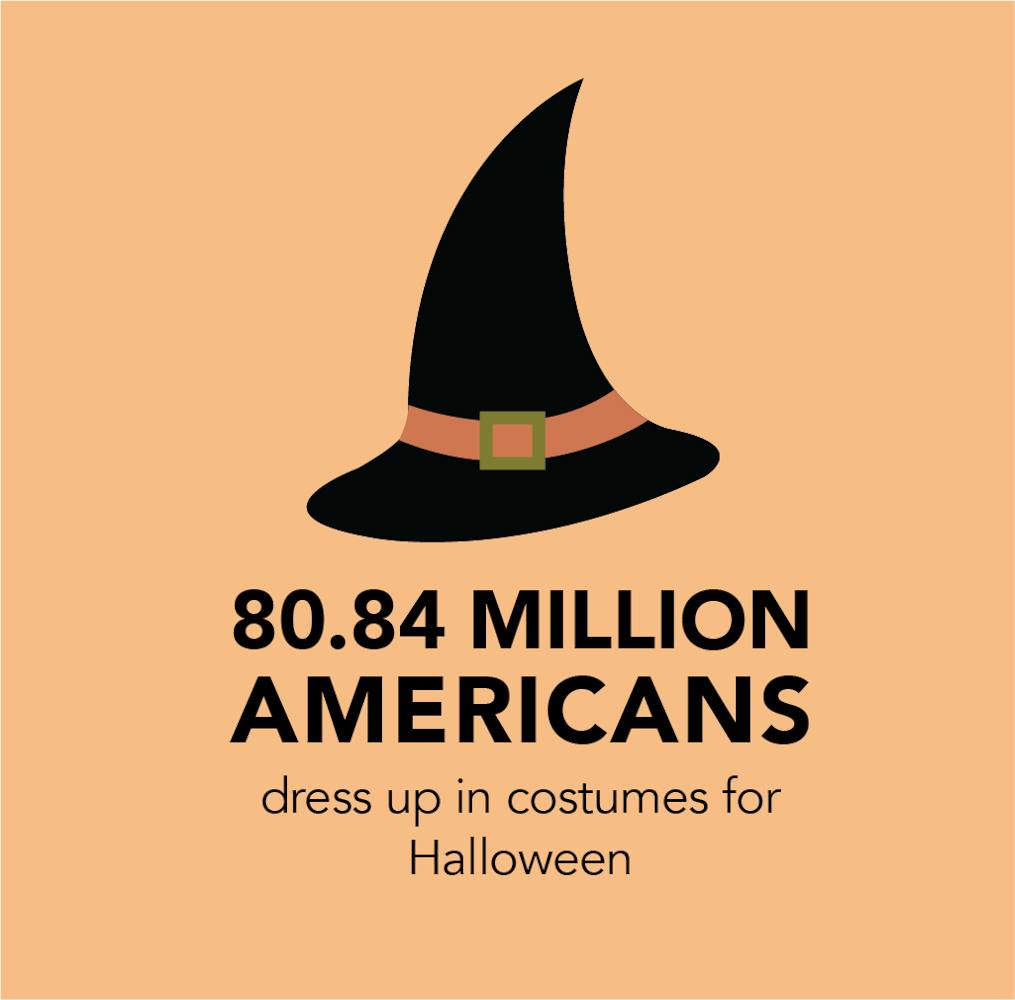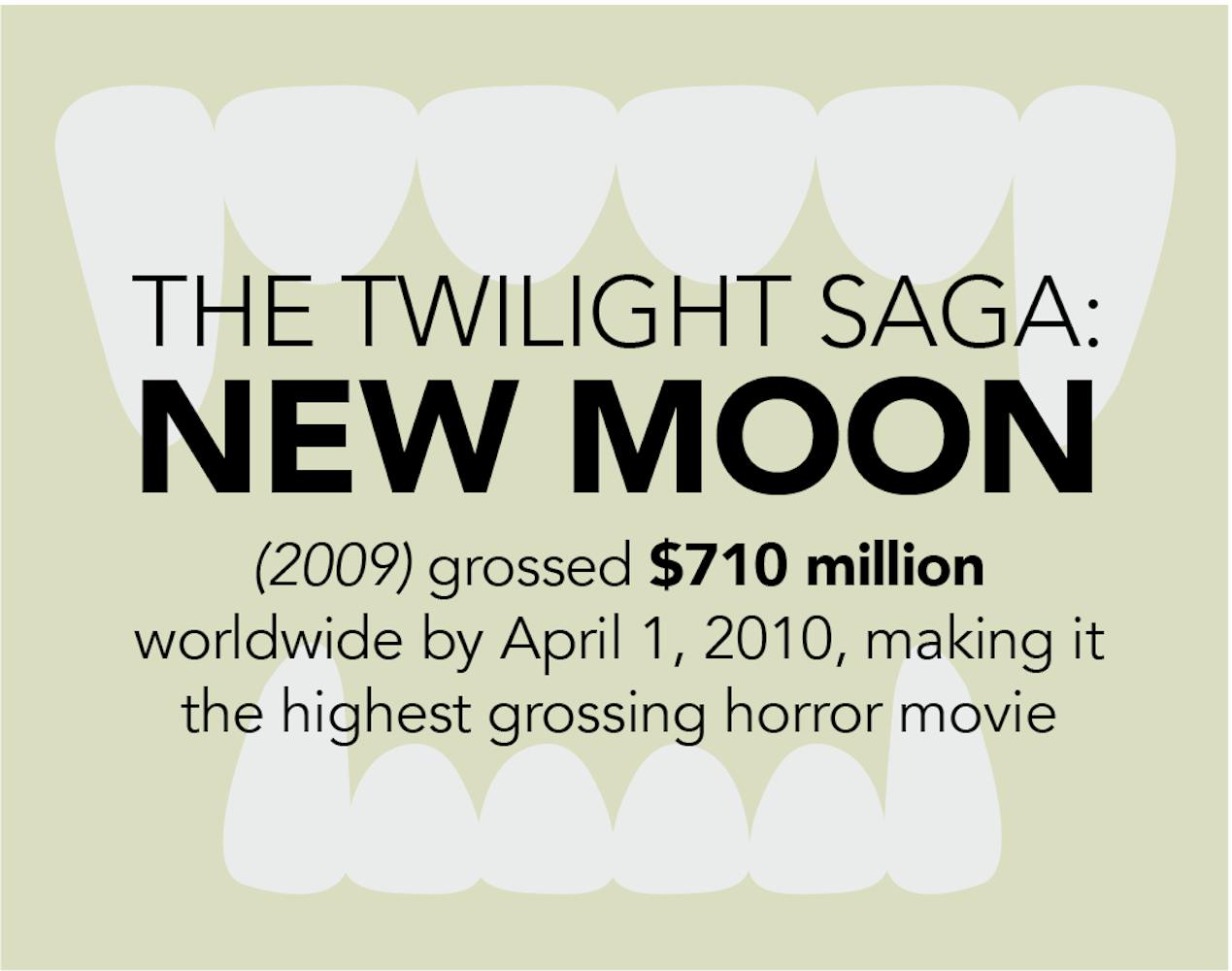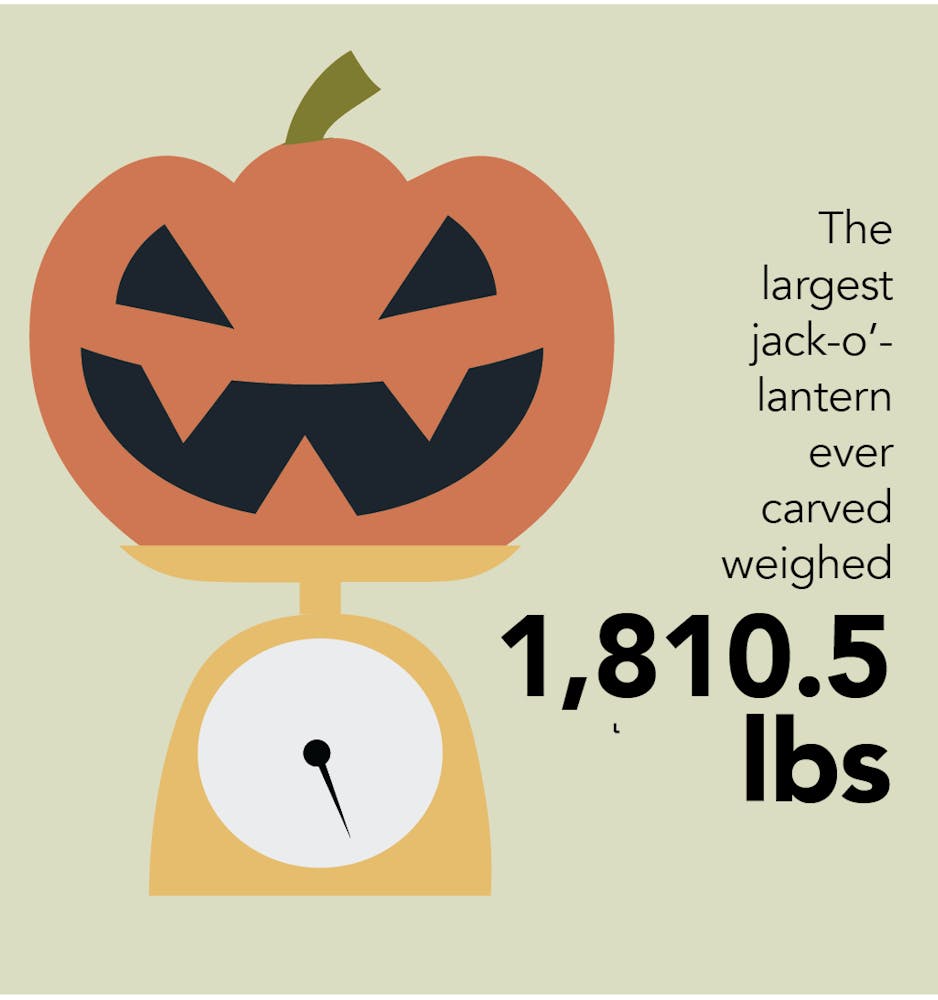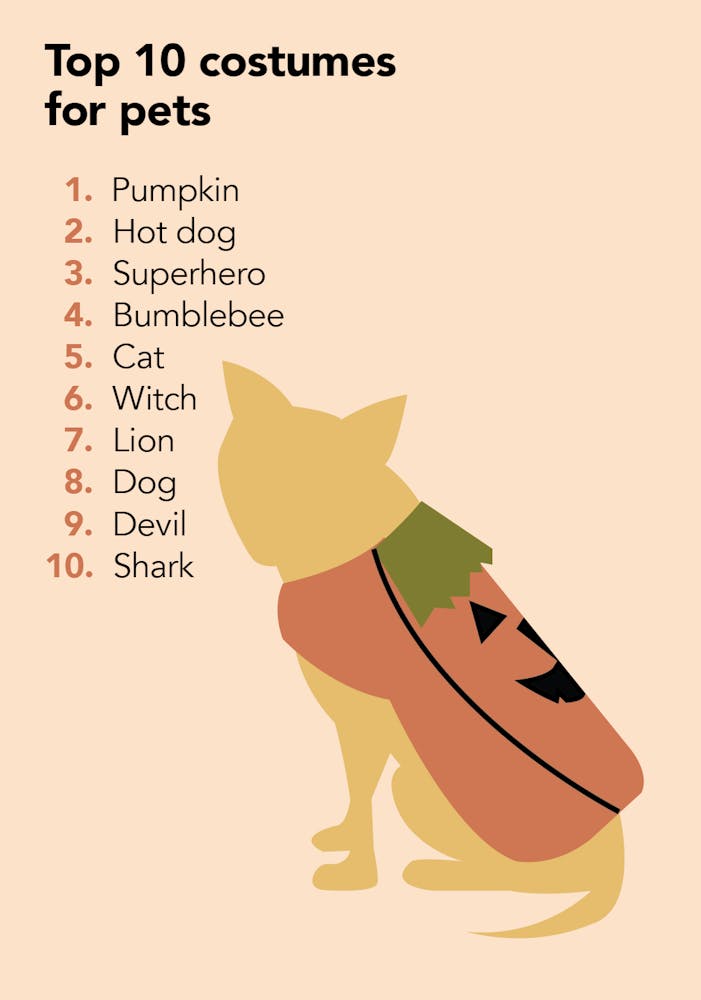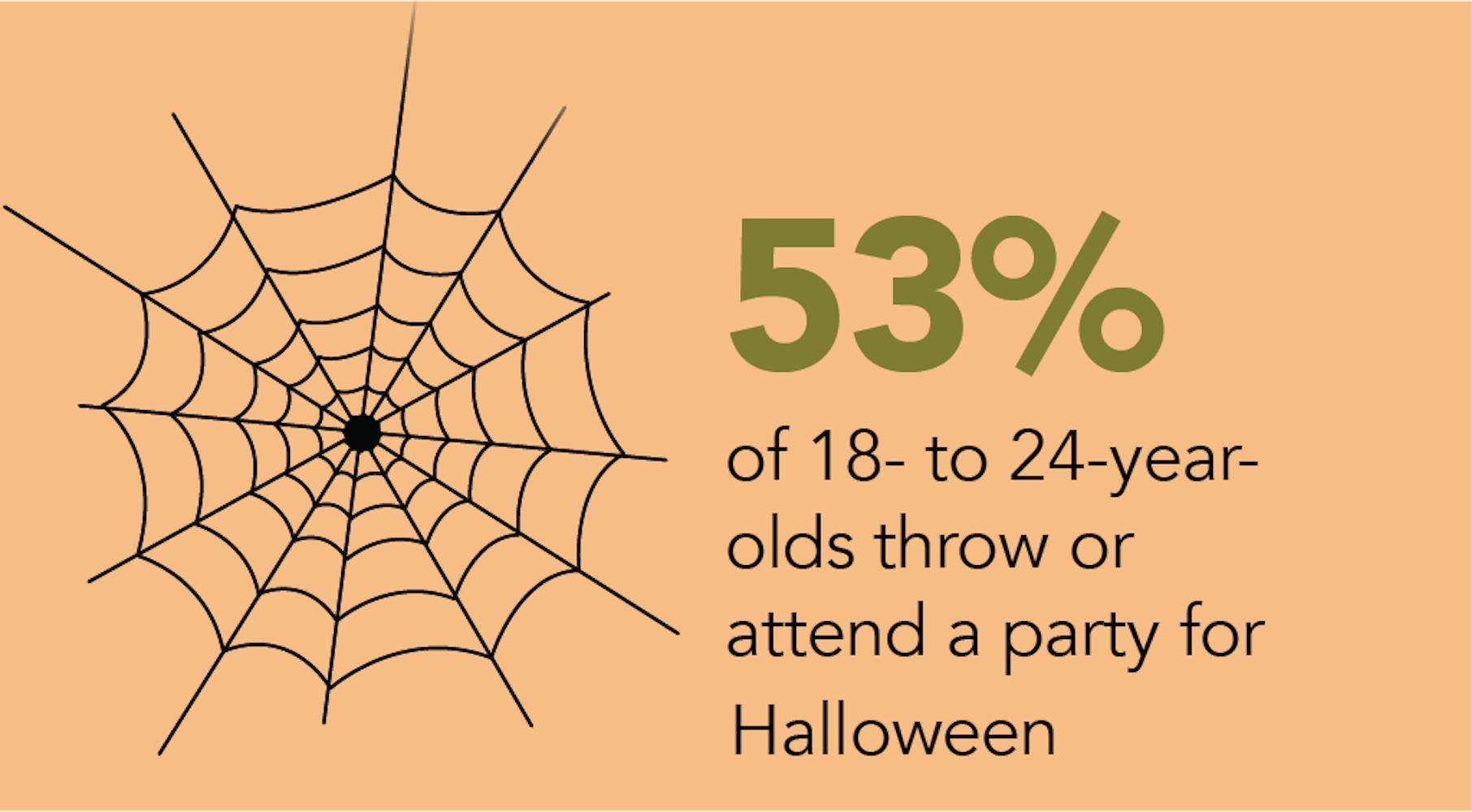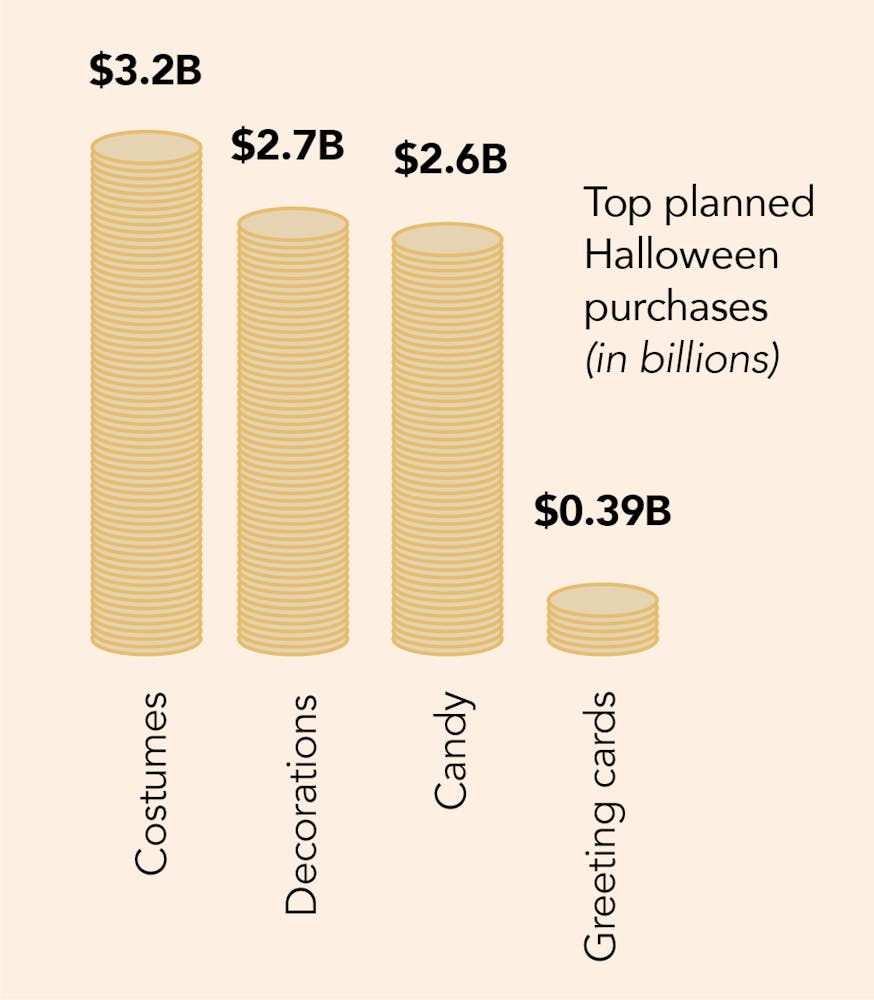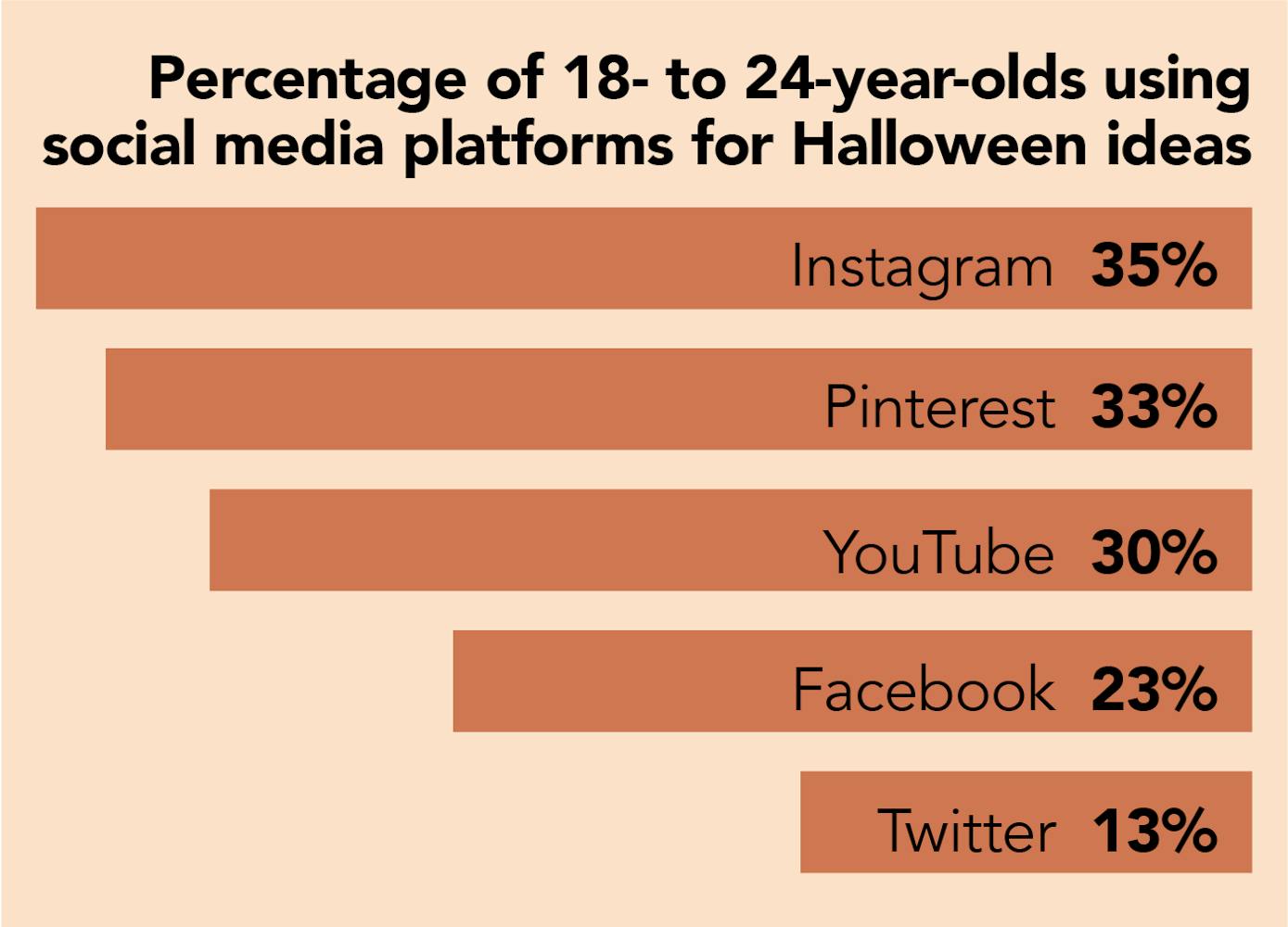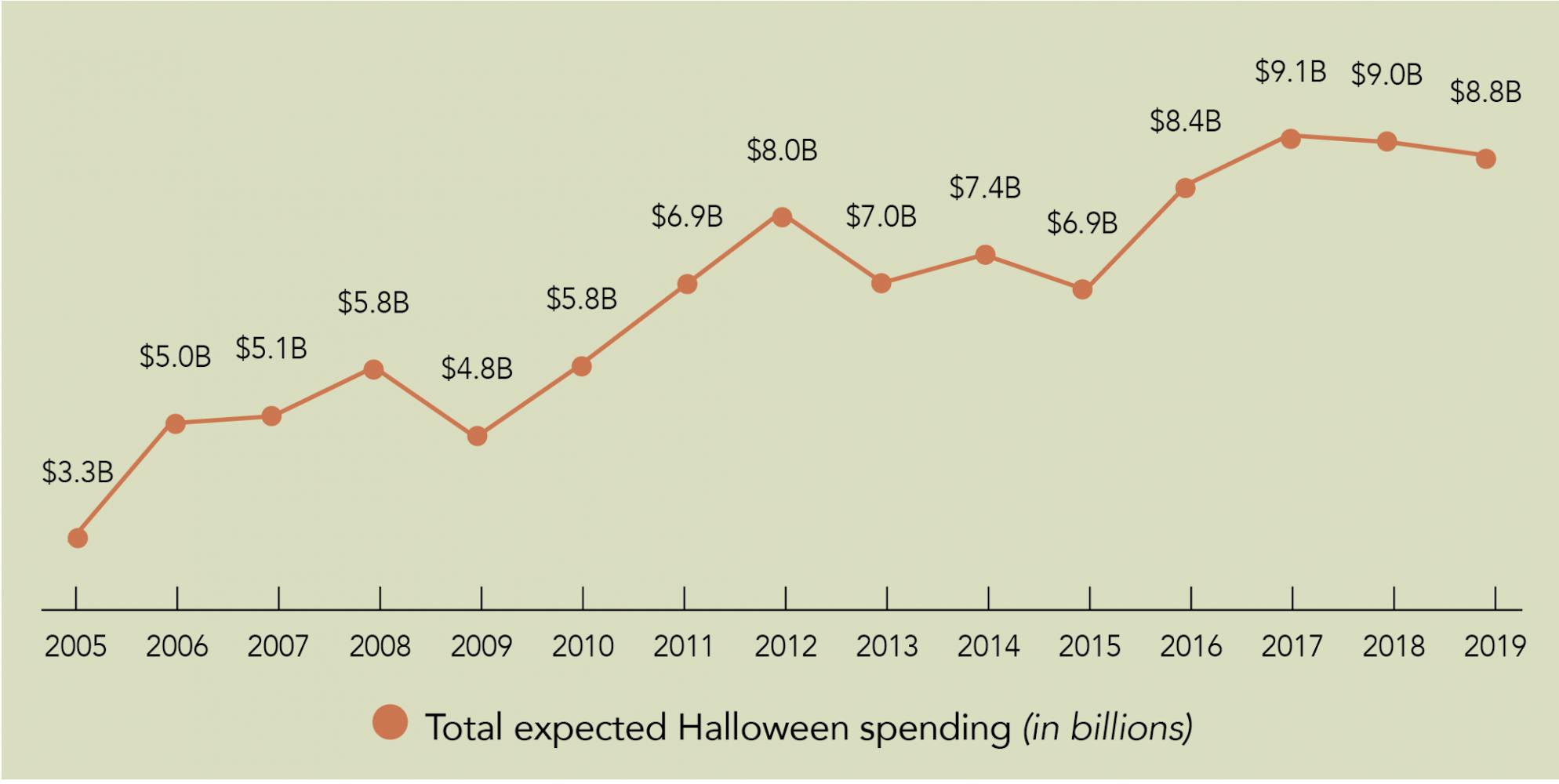What was once known as the Celtic festival of Samhain (pronounced SOW-in), is now known as Halloween.
The holiday began as a festival on the eve of Oct. 31 to celebrate the final harvests of the year and the Celtic New Year Nov. 1, according to the National Endowment for the Humanities’ (NEH) website.
The NEH states that those who celebrated “believed the veil between the realms [of life and death] was the most transparent [during this time], allowing the spirits of those who have died to return to visit earth.”
Participants also believed that during the festival, “the entire natural world moves into its annual dormant state of hibernation, essentially ‘dying’ until its annual rebirth the following spring.”
Following the Roman conquest of much of the Celtic lands in France and England, Samhain was affected by the advent and spread of Christianity. The church absorbed the festival under the celebration of martyrs and saints and renamed it “All Saints Day.”
This festival was called “All-Hallows,” while the evening before was called “All-hallows-eve” — later becoming “Halloween” — which today is celebrated with costumes, decorations and candy.

